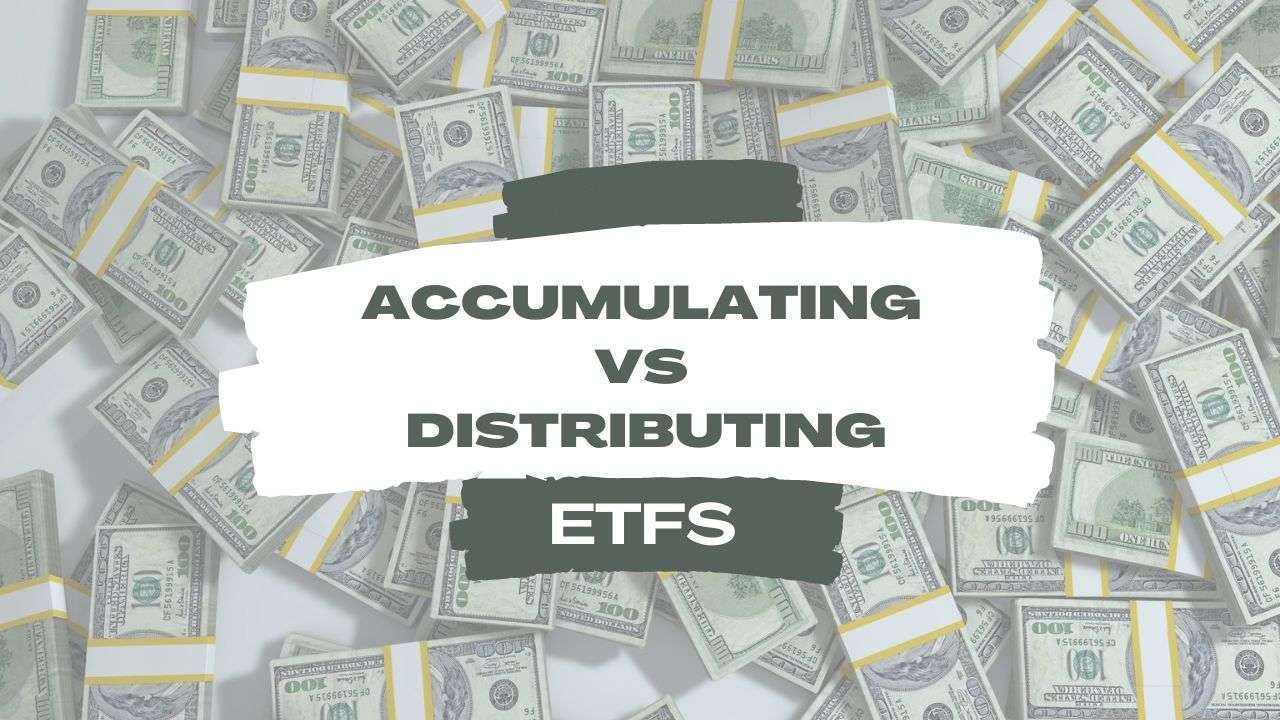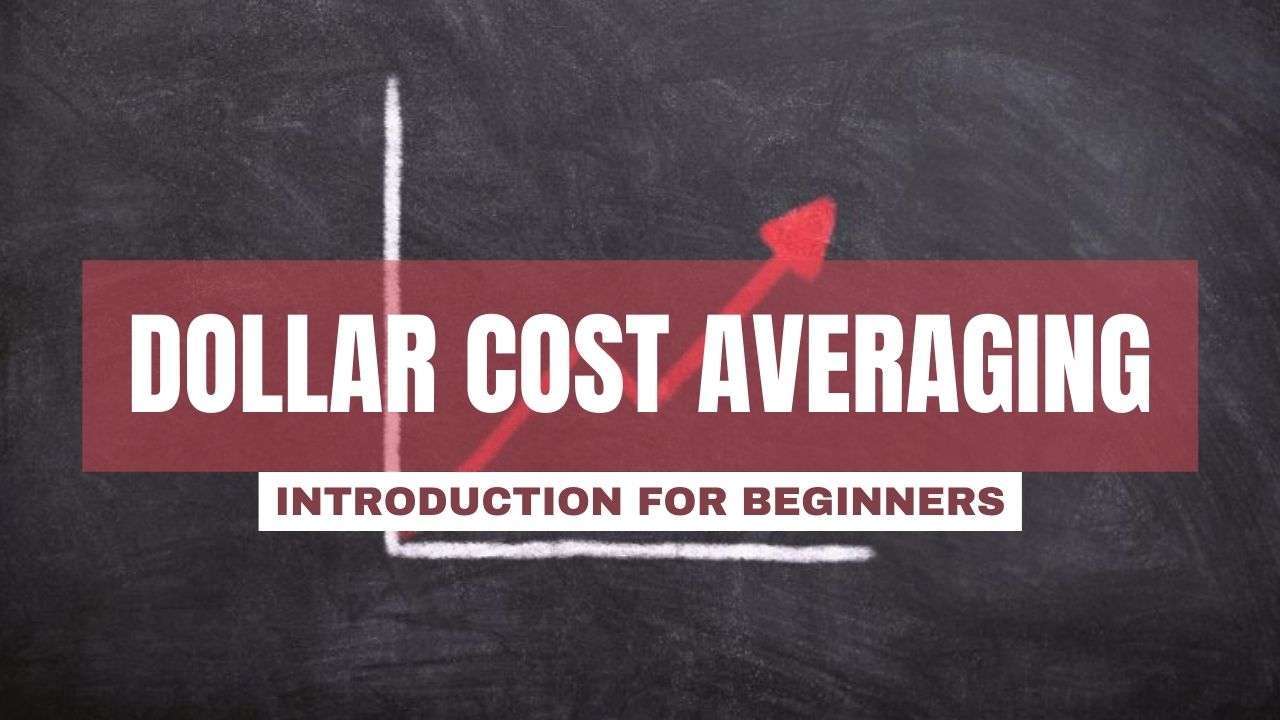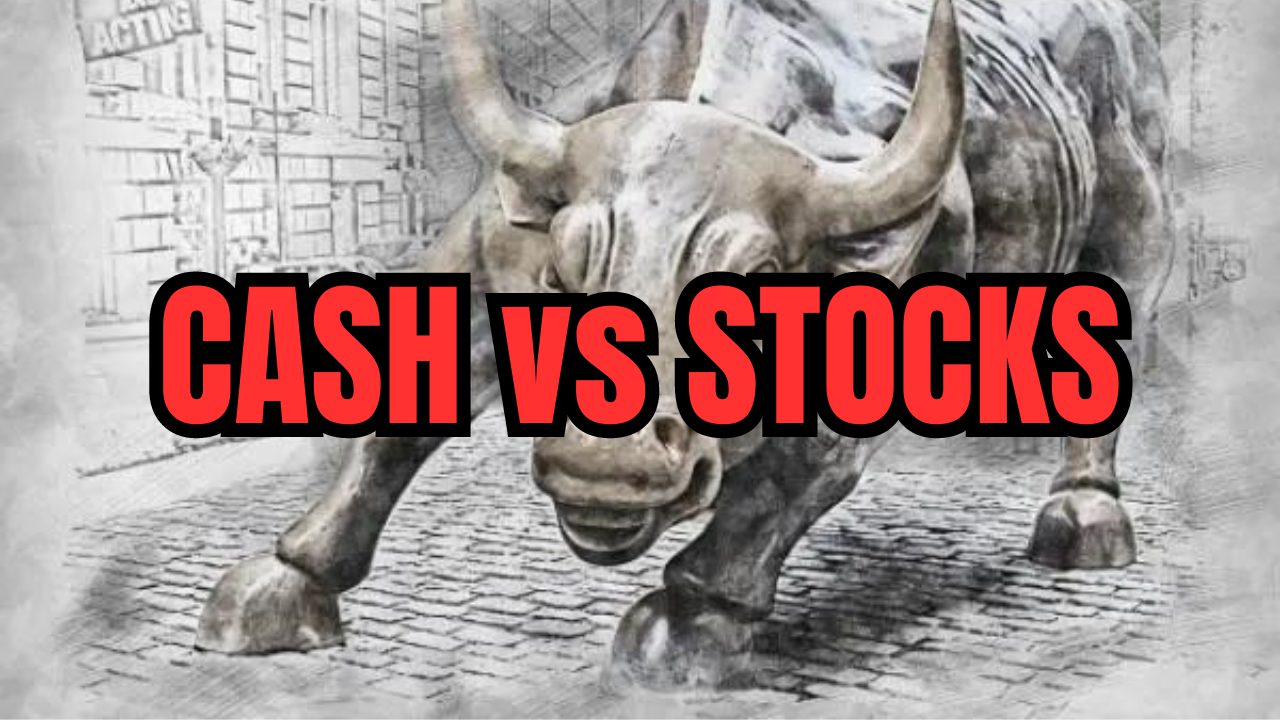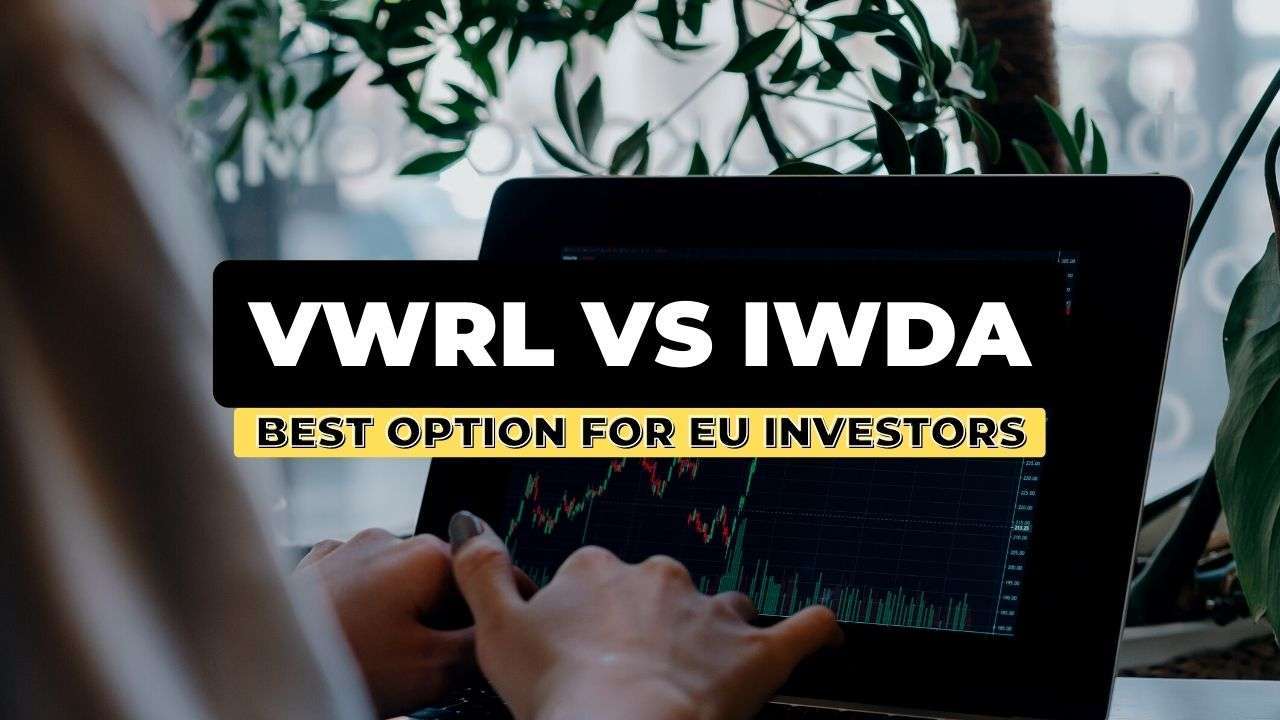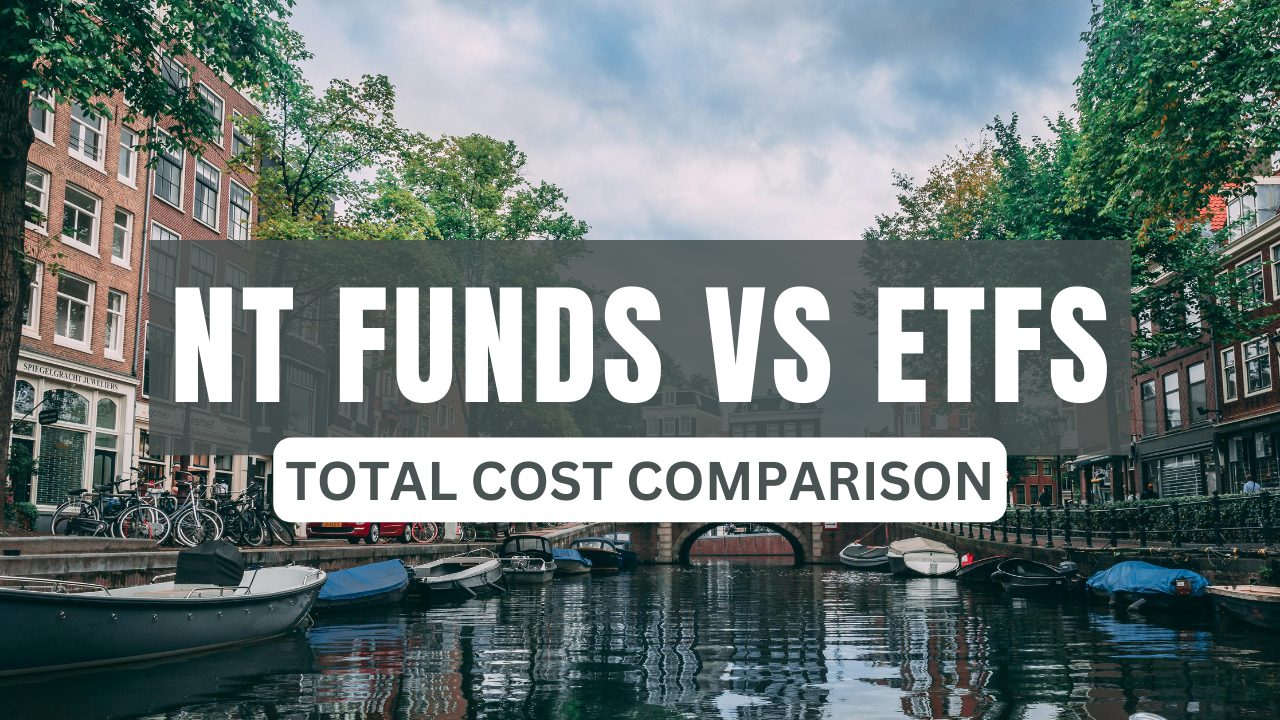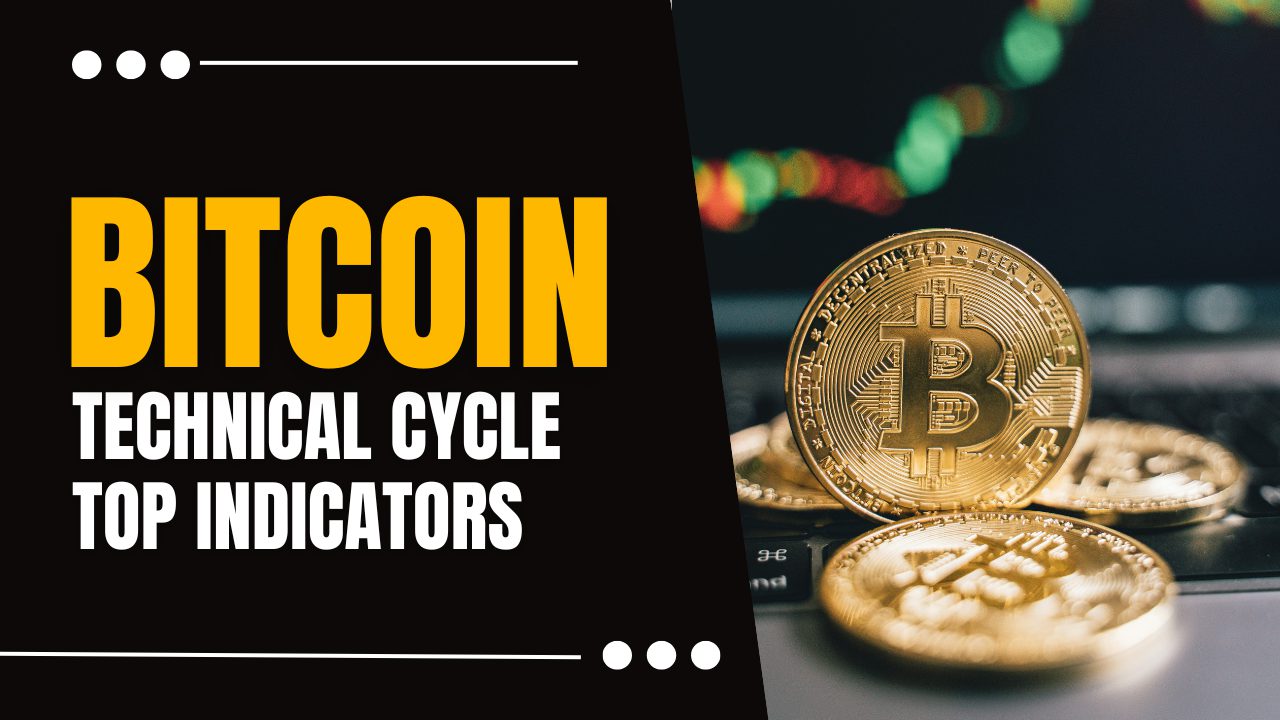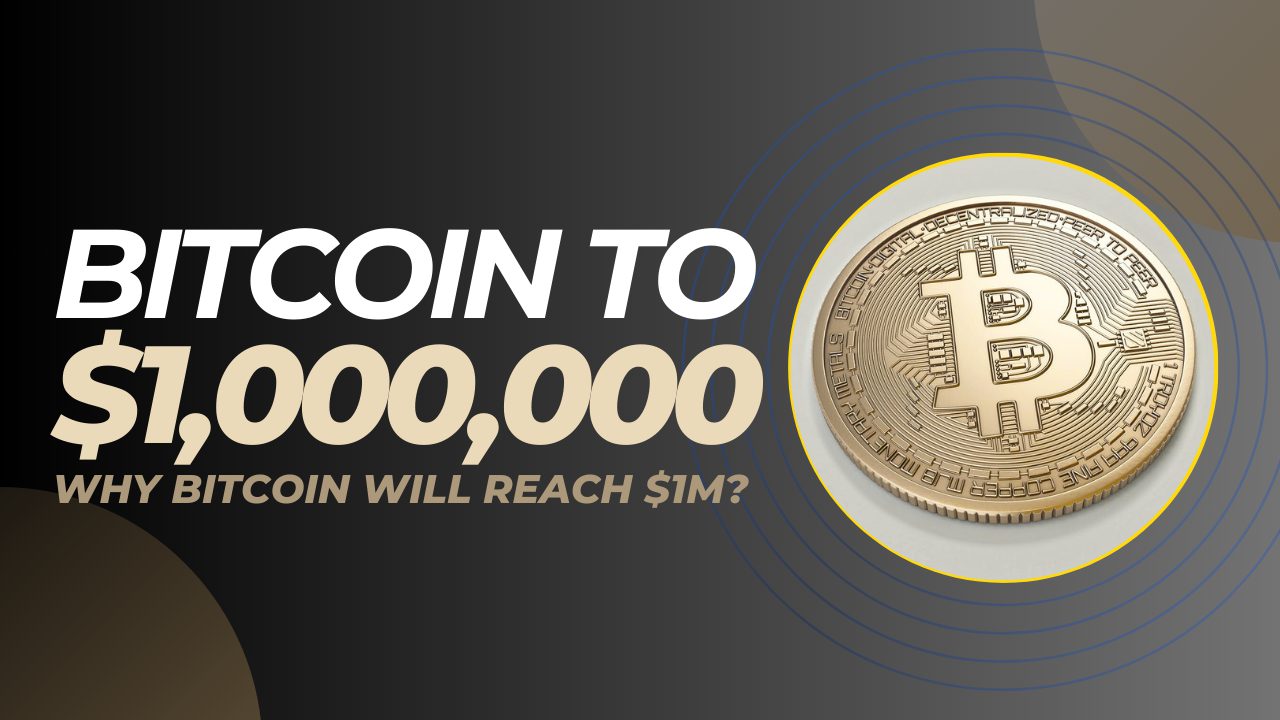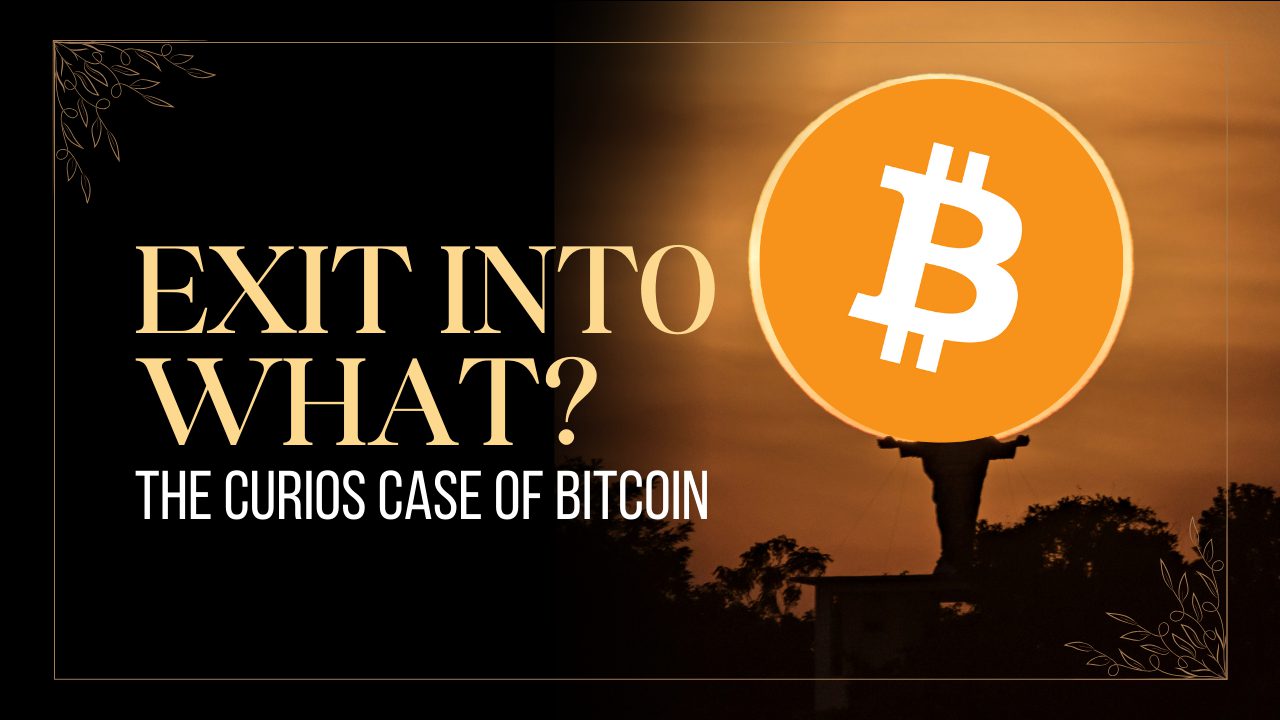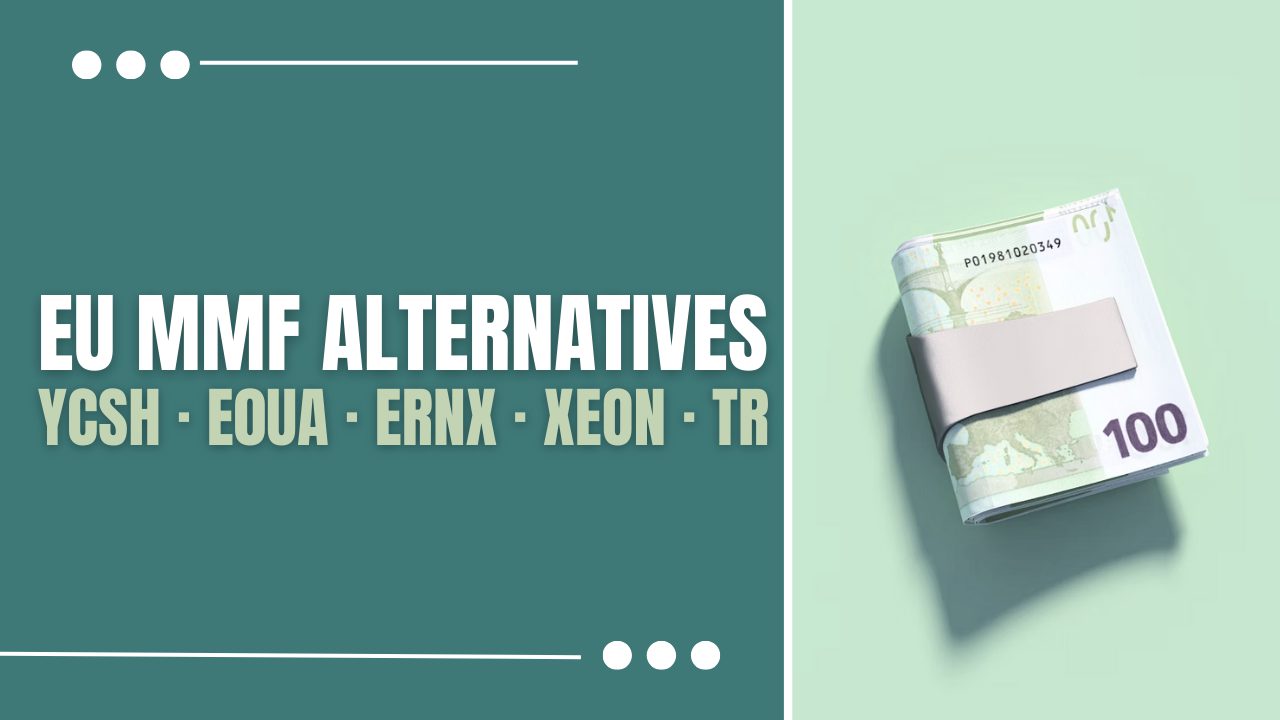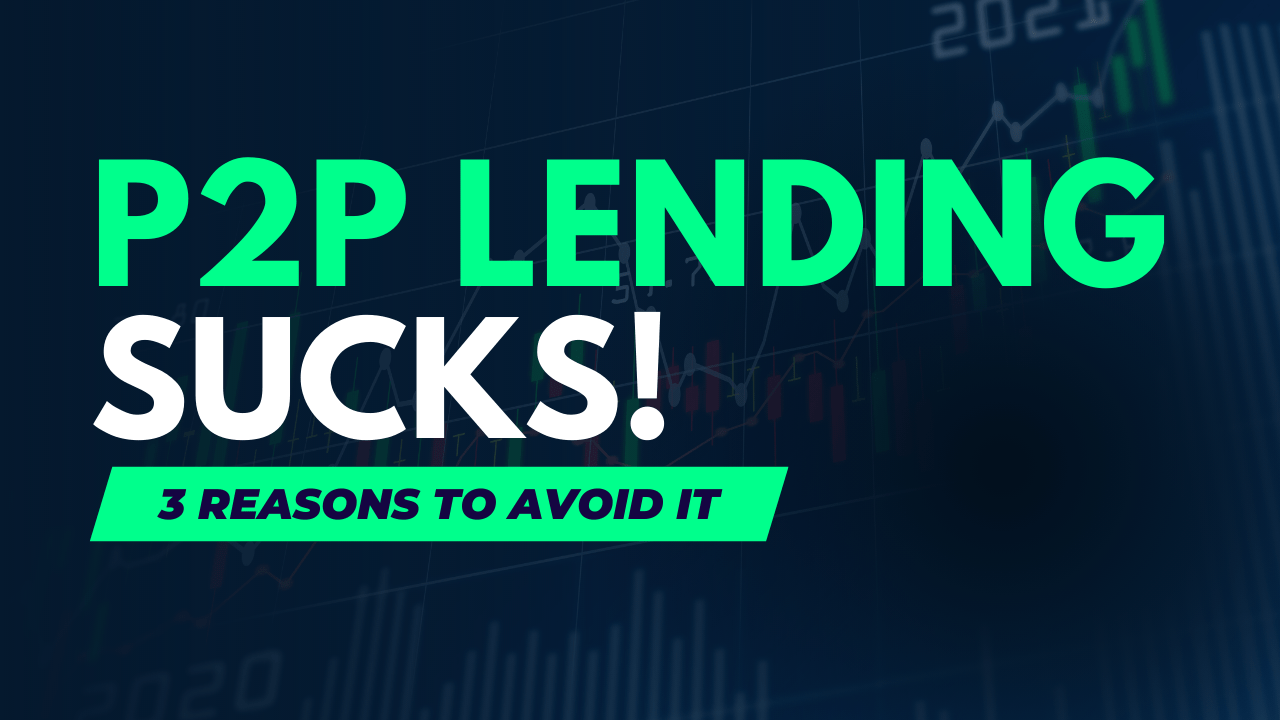
P2P Lending (peer-to-peer lending) is quite popular with European investors.
It represents a way of investing where private individuals can lend money in return for interest payments. A P2P platform matches those willing to lend with those willing to loan and facilitates this process.
Due to the nature of my blog, I was contacted by a couple of P2P lending platforms for affiliate promotion. Instead of doing that, I decided to let you know why I avoid P2P lending.
3 Reasons I Don’t Do P2P Lending
1) Low Returns
First and foremost, the returns one can expect from any P2P lending platform are quite low.
This reason alone should be enough for an investor to look another way.
However, if you researched the space yourself, you might find my statement quite surprising. So let me address it.
If I search for the higher rated loans available on any currently reputable P2P lending platform (meaning: lowest “risk score”), I’d see numbers below 10%.
I can hear your questions/arguments: “Earning 10% annually is not low! Why would you say that?”.
Well, it’s not low compared to what?
It beats your bank’s savings account, but the average annual return of the S&P 500 is 10%. And Bitcoin overperformed it more than 10 fold just in the past year.
So if you dump your money in an old, boring, index-tracking portfolio, you would get the same results without any of the downsides and/or risks of P2P lending platforms.
And yes, companies can also go bankrupt. But I’m not comparing a single P2P platform to a stock. I’m comparing P2P lending to investing in the stock market.
Index investing allows you to fully remove the firm-specific risk and only bear the risks inherent to the economy as a whole. This is called systemic risk and it’s one that everyone has to bear when doing any type of investment. Needless to say, it is also applicable to peer-to-peer platforms.
2) P2P Scams
The go-to argument for my first reason would be something along the lines of:
“Low returns? Platform X offers 20% interest on real estate loans.”, followed by an explanation of why their scheme is sustainable and safe.
Let me make this easy for everyone:
If you get 20% on a P2P platform, you’re investing in a scam.
Your favorite blogger promoting these platforms is either super-ignorant or a scammer as well.
In any case, not a single P2P lending platform is beating the S&P 500 or $BTC on a multi-year timeframe. So if it seems like it’s going to, get out while you still can.
If you refuse to do so and, one day, you find yourself begging a customer support employee for your money, come back and share this post on Twitter to warn others.
3) Unnecessary Risks of P2P Lending
So let’s assume you learned to avoid the scam/ponzi/unsustainable platforms.
That means that you’ll get a return up to the average stock market return, and most probably lower.
Fine. Let’s say you want this for whatever reasons.
So, in summary:
- You’re getting a lower return than by investing in the stock market
- You’re bearing a higher risk than by investing in the stock market
This last part will cover these unnecessary risks, which aren’t contributing to the actual return you’re getting:
The Debtors
You’re lending your money to bums that couldn’t get a loan from an actual financial institution.
I’ll leave it at that.
The Loan Originators
Loan originators are entities that give money to these people. They get the money from investors (such as yourself) so they have very little to lose.
The Buy-Back Guarantee
The loan originators have a “buy-back guarantee” obligation – buying back the loans that debtors defaulted on.
My argument is simple: going bankrupt isn’t a crime.
The P2P Platform Itself
Yes, the business may not be a deliberate scam… But if they’re insolvent, they’re insolvent. You’re on your own.
One day you click withdraw and nothing happens.
Your Ego
The collective sentiment of all investors on the planet is encapsulated in the average performance of the stock market.
If you, a n00b without laser eyes, think you can outperform it, you might have a superiority complex.
This is the biggest risk you’re bearing because it will make you continuously overestimate your risk tolerance.
Conclusion: P2P Lending is for Suckers
The only remaining argument that I’d like to address is the emotional one:
“I’m getting a 12% return in my bank account. Happy to get called a sucker.”
Do you really want it in your bank account though? Money is what you’re trying to get rid of in the first place – that’s why you’re investing.
I went deep into this topic in another post of mine: investing for passive income is for suckers!
So don’t be a sucker.
Invest responsibly for the long-term and build wealth the smart way. If you need a push towards the right direction, my blog is full of free resources.
Until next time.
 Husband & Father
Husband & Father  Software Engineer
Software Engineer 


